Background This review reveals the role of linear economy prevalence and mismanagement practices in plastic pollution of aquatic and terrestrial environments and related knowledge gaps in Romania while outlining downstream and upstream solutions to reduce plastic pollution and adopt circular economy strategies. Thus, the major aim of this study is the investigation of the stage of scientific knowledge concerning all these demands in the Romanian context. Methodology This work integrates two main approaches: (i) a bibliometric analysis fed by Web of Science and Scopus databases to reveal the current coverage of peer-reviewed literature related to plastic waste in Romania and (ii) a subject-based review to underline the main themes related to plastic waste management, plastic pollution, and mitigating options in Romania in line with circular economy principles. Results Reducing plastic pollution requires scientific knowledge, multi-sectoral cooperation, and societal awareness. Following this, the topics of plastic waste and plastic pollution appeared to be under-investigated in the literature considering Romania as a case study and concentrated around the 2020 year, emphasizing, in this way, the trendiness of plastic waste concerns and their management in the current research landscape. Our analysis points out that: (i) Romania is facing massive plastic pollution requiring solid improvements in waste management performances; (ii) few peer-reviewed research studies are performed in Romania for both macro and microplastic concerns with unknown pollution levels in most of its geographical regions; (iii) the plastic waste management is still understudied here, while waste statistics are poorly available at local levels; (iv) the perspectives of circular economy transition are still limited, feeding the plastic pollution in the coming years. Conclusions Several knowledge gaps are identified and must be covered by future research such as (i) adjusting mismanaged plastic waste levels to regional waste management performances and determining littering rates in urban and rural areas to improve the plastic pollution modeling inputs; (ii) examining plastic pollution associated with landfill sites and waste imports; (iii) assessing the sectoral contributions to macro and microplastic pollution of aquatic environments related to municipalities, tourist destinations, agriculture, etc.; (iv) determining retention levels of plastic in river basins and role of riparian vegetation; (v) analyzing microplastics presence in all types of freshwater environments and interlinkage between macroplastic fragmentation and microplastic; (vi) assessing the plastic loads of transboundary rivers related to mismanagement practices; (vii) determining concentrations of microplastics in air, soil, and other land use ecosystems.
- Autor/es: Florin-Constantin Mihai, Simona-Roxana Ulman, Valeria Pop
- Año de publicación: 2024
- País: Rumanía
- Idioma: Inglés
- Fuente de indexación: Scopus



